Article Topics
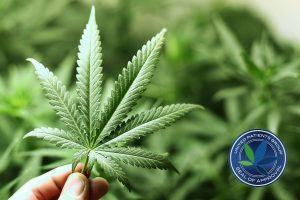 Many of us may be under the impression that the term “THC” automatically signifies the substance in cannabis that will “get you high.” It is true that of the hundreds of compounds in the cannabis plant, certain forms of Tetrahydrocannabinol, or THC, produce that well-known psychoactive effect. However, as we shall see, there is a lot more to THC than meets the eye.
Many of us may be under the impression that the term “THC” automatically signifies the substance in cannabis that will “get you high.” It is true that of the hundreds of compounds in the cannabis plant, certain forms of Tetrahydrocannabinol, or THC, produce that well-known psychoactive effect. However, as we shall see, there is a lot more to THC than meets the eye.
Four Basic Kinds of THC
There are 480 natural components that have been identified to date in the cannabis plant. Of these components, 66 have been classified as “cannabinoids,” i.e. chemicals that are unique to the cannabis plant. Not surprising, in the annals of cannabis research that began in the 1960’s, THC (in particular, Δ9-THC) was the very first substance to be studied. Below are four of the most common forms of THC, some information about how they are formed and their healing effects overall.
Tetrahydrocannabinolic Acid or THCA: THCA is contained within the trichomes of fresh cannabis flowers (trichomes are the tiny hairs you see on the outer layers of the plant). THCA is non-psychoactive and only becomes psychoactive when it goes through the “decarboxylation” process (discussed below). Then it makes the chemical conversion to THC. It is the most common cannabinoid that is present within items you might find at a medical cannabis dispensary that have not been decarboxylated. When you buy fresh cannabis buds, for example, you are buying marijuana with THCA in it. When you smoke it or cook with it/heat it up, the THCA heats up, decarboxylates, converts to THC and you feel the effects.
Just because THCA is non-psychoactive, however, doesn’t mean it isn’t beneficial. Scientific research is just beginning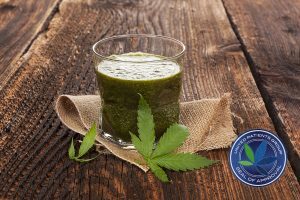 when it comes to the medicinal benefits of THCA. Here is what we know so far:
when it comes to the medicinal benefits of THCA. Here is what we know so far:
- THCA contains anti-inflammatory properties. Anecdotal evidence also suggests that THCA (obtained through juicing cannabis leaves and stems) may be beneficial in the treatment of lupus
- THCA (along with THC) can protect your brain and is currently being studied for its effect on neurodegenerative diseases. In a 2012 Austrian study, the researchers found that THCA protected dopamine neurons against Parkinson’s-related free radical proliferation
- THCA can stimulate appetite and can help with nausea
- Preliminary research also points to THCA’s possible effects on insomnia, pain and prostate cancer
Tetrahydrocannabinol or THC: THC is the result of a complex molecular process within the cannabis plant that occurs through “decarboxylation,” i.e. the process of applying heat, mostly through smoking or making oil. THCA is also converted to THC to a lesser extent through dehydration.
 THC begins as THCA (see above). As it is heated up or dried, it loses carbon molecules to become THC, a psychoactive substance. Interestingly, heating cannabis to temperatures above its “decarboxylation point” of around 275 degrees F will cause it to break down into the cannabinoid “CBN,” which will be discussed in the next article. CBN is less psychoactive and is also less effective medicinally than THC. Another interesting fact about THC is that, to date, a “lethal dose” has not been determined scientifically. In a well-known Hebrew University cannabis study done by Raphael Mechoulam and colleagues of Hebrew University in the mid-nineties, they injected both rhesus monkeys and dogs with doses of THC in 9000 mg/kg range and the animals did not die (as opposed to studies which have confirmed lethal doses of nicotine as approximately 40-60 mg/kg for an average-sized human).
THC begins as THCA (see above). As it is heated up or dried, it loses carbon molecules to become THC, a psychoactive substance. Interestingly, heating cannabis to temperatures above its “decarboxylation point” of around 275 degrees F will cause it to break down into the cannabinoid “CBN,” which will be discussed in the next article. CBN is less psychoactive and is also less effective medicinally than THC. Another interesting fact about THC is that, to date, a “lethal dose” has not been determined scientifically. In a well-known Hebrew University cannabis study done by Raphael Mechoulam and colleagues of Hebrew University in the mid-nineties, they injected both rhesus monkeys and dogs with doses of THC in 9000 mg/kg range and the animals did not die (as opposed to studies which have confirmed lethal doses of nicotine as approximately 40-60 mg/kg for an average-sized human).
Science has confirmed that THC specifically has the following therapeutic uses:
- Relieves pain, especially neuropathic pain, by “changing the way nerves function”
- Reduces vomiting and nausea and increases appetite in both adults and children
- Is a powerful antioxidant
- Helps with muscle spasm
- Can help with PTSD-related anxiety in some individuals
- Is a neuro-protectant
- Can help with digestive disorders
According to a 2013 study done by the Department of Medicine at Brigham and Women’s Hospital in Boston, one in six of the close to 300 individuals surveyed used high-THC cannabis to treat the symptoms of inflammatory bowel disease (IBD) with positive results. According to the researchers, “A significant number of patients with IBD currently use marijuana. Most patients find it very helpful for symptom control, including patients with ulcerative colitis, who are currently excluded from medical marijuana laws.”
- Fights cancer by slowing and sometimes halting tumor cell growth
In fact, THC was the first cannabinoid to be studied for cancer. THC may also be a powerful cancer-preventative as well. In the largest study of its kind, researchers at the University of California, Los Angeles found that daily smoking of THC-rich cannabis resulted in lower incidences of cancer when compared to the general non-marijuana smoking population. This is interesting since conventional wisdom says that smoking any kind of organic matter will create benzopyrene, which is a carcinogen.
THC is also currently being studied for its positive effects on eating disorders, chronic pain, glaucoma, different forms of PTSD, HIV/AIDS and, of course, many varieties of cancer.
Δ9-THC: Once THCA has been converted to the psychoactive form of THC, most of it is in the form of Δ9-THC (Delta 9 – THC). Some of it is also in the form of Δ8-THC, which is also psychoactive, but not as prolific. Δ9-THC is the most common form of THC that is found in ready-made medicinal products such as oils and candies and is also associated with “the munchies.”
Δ9-THC’s effects on health are numerous and are basically the same as the ones mentioned for THC above. In addition, Δ9-THC is also the only THC form that has been identified scientifically as an appetite stimulant, which has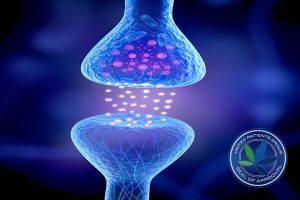 made it of great benefit to those undergoing traditional cancer treatments which can often result in a loss of appetite.
made it of great benefit to those undergoing traditional cancer treatments which can often result in a loss of appetite.
Tetrahydrocannabivarin or THCV: THCV is a close cousin to THC and is also created by decarboxylation. However, its molecular foundation is slightly different (it doesn’t begin as cannabigerolic acid, CBGA, like THC does). It also effects CB1 and CB2 receptors in the brain like THC does, but in a slightly different way. It is non-psychoactive and, unlike Δ9-THC and possibly even THCA, it does not stimulate the appetite. In fact, it is even being researched as an appetite suppressant for the treatment of obesity. In addition to the other benefits of THC mentioned above, THCV may also help with:
- Relieving pain
- Reducing nausea
- Reduces seizures and convulsions
- Systemic inflammatory conditions
- Promoting bone growth
Cannabis strains that contain high THCV levels can also produce a feeling of euphoria and relaxation without being psycho-active. May individuals who suffer from PTSD who are sensitive to THC prefer strains with THCV to help with their condition.
This is certainly just the tip of the iceberg when it comes to the various kinds of THC cannabinoids that are out there. While scientific discovery continues, researchers discover more about what makes the healing power of cannabis tick. Next time, we will take a look at some basic terminology when it comes to CBDs and how they also interact with the various substances in cannabis and in your body to affect healing.


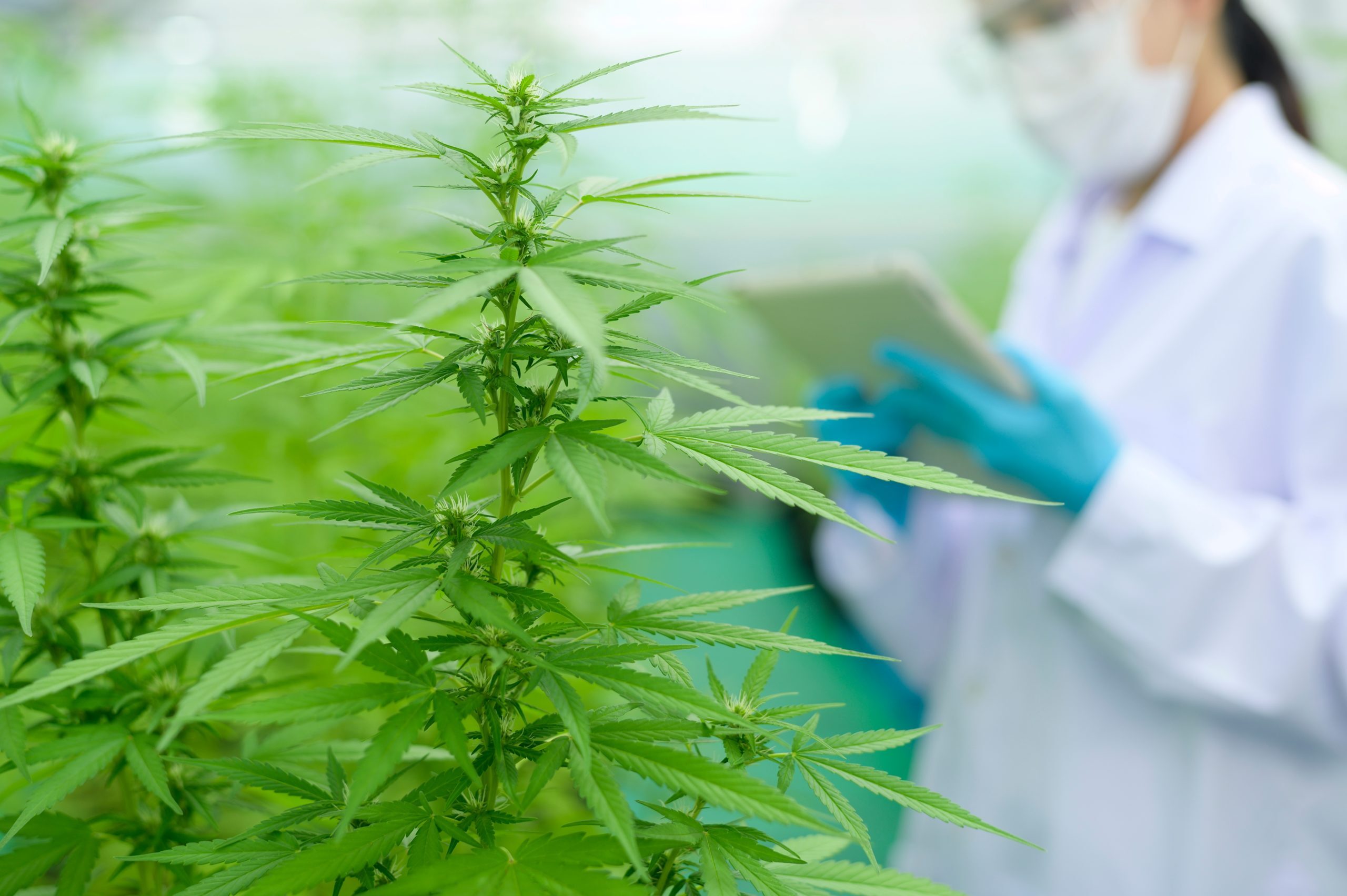

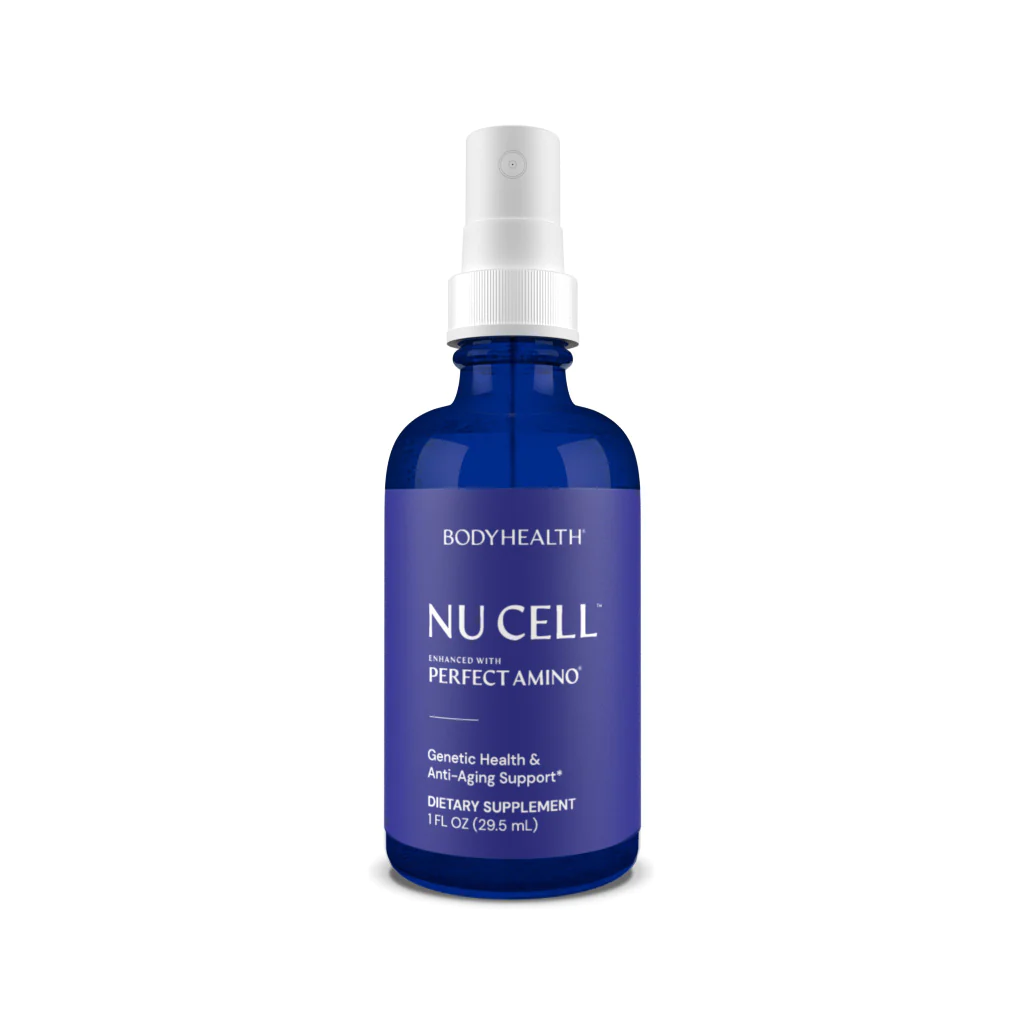
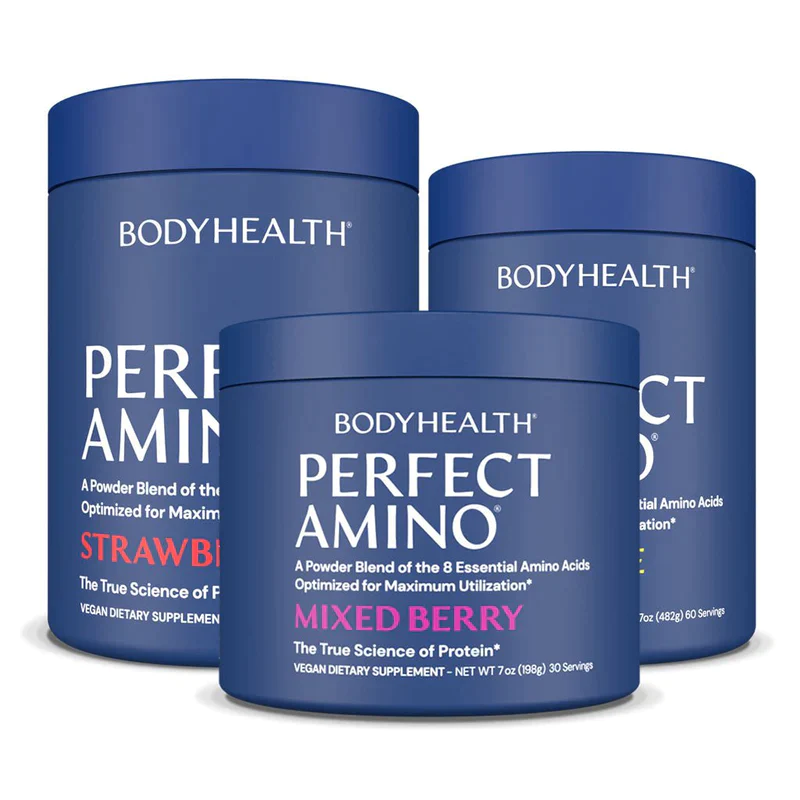
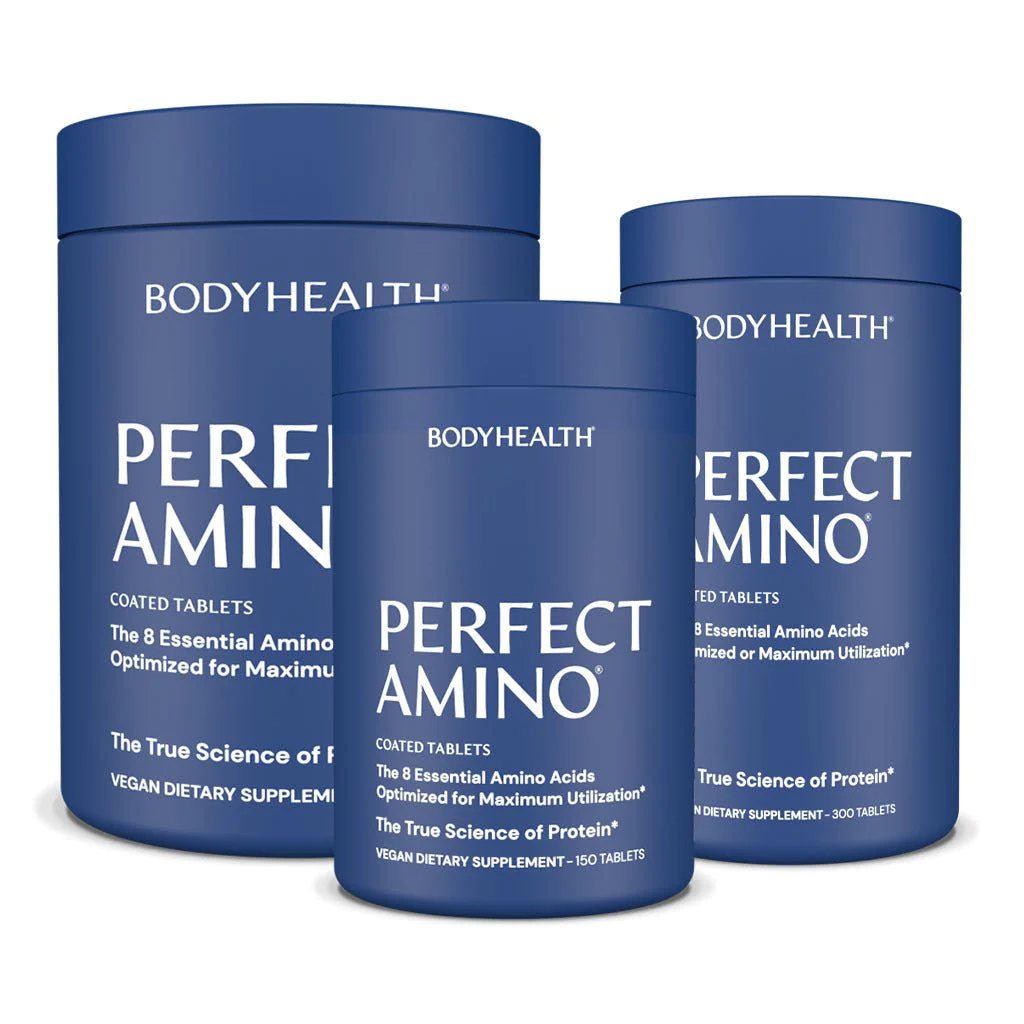
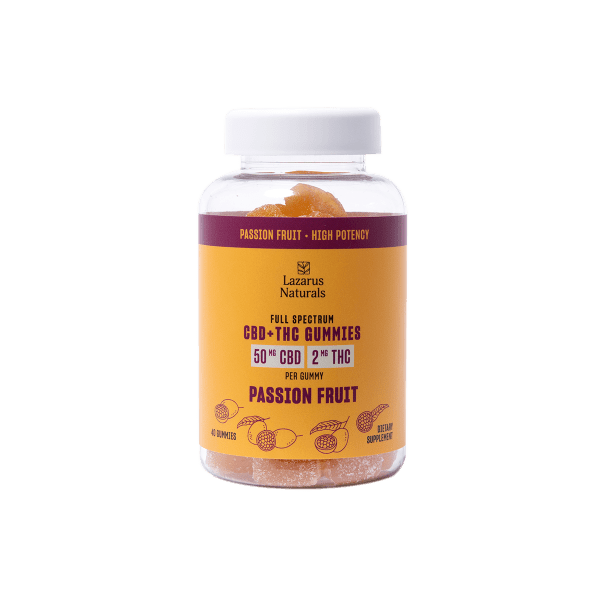

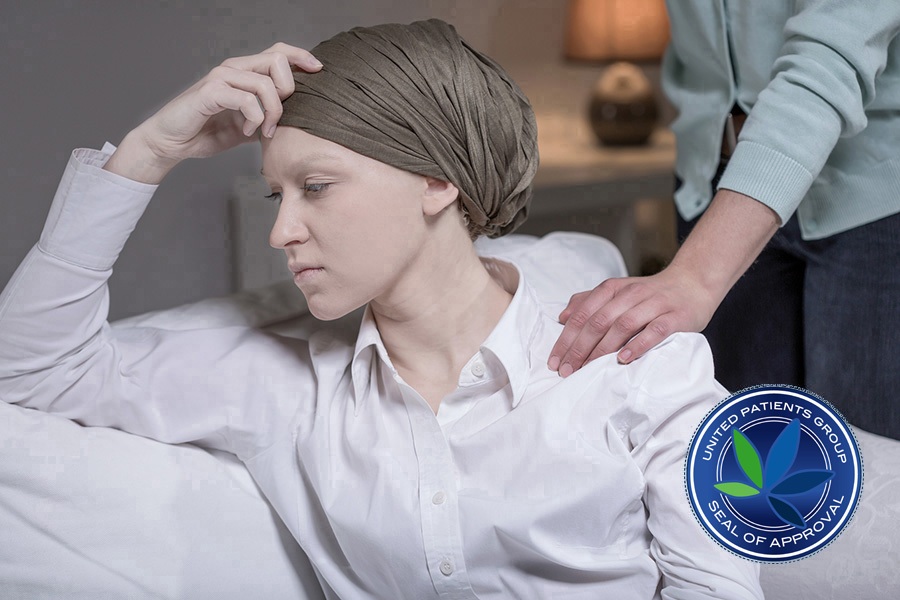



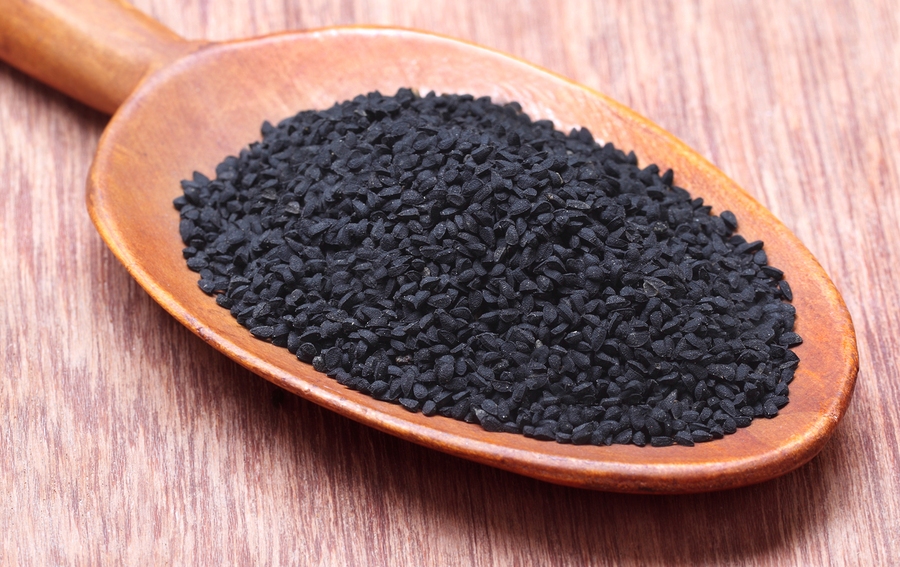
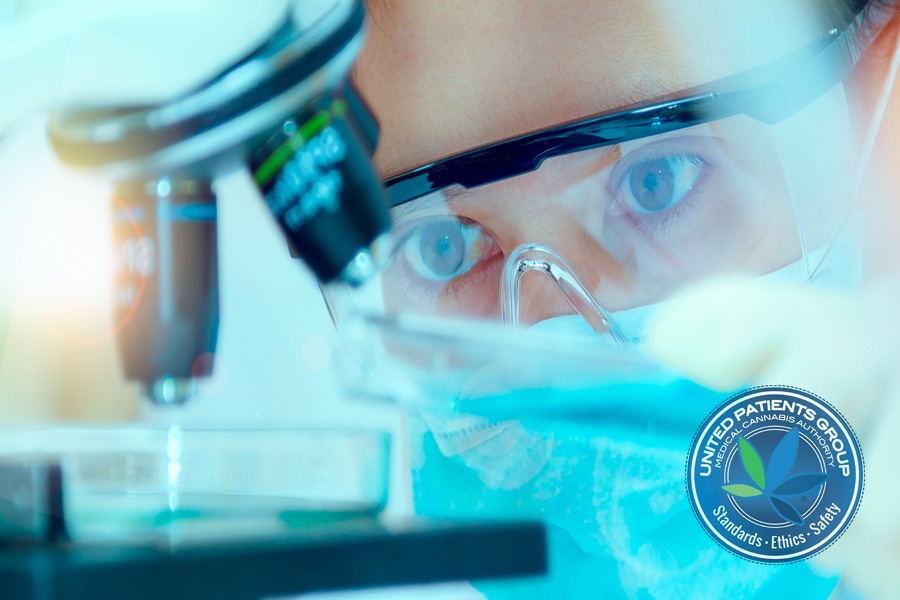
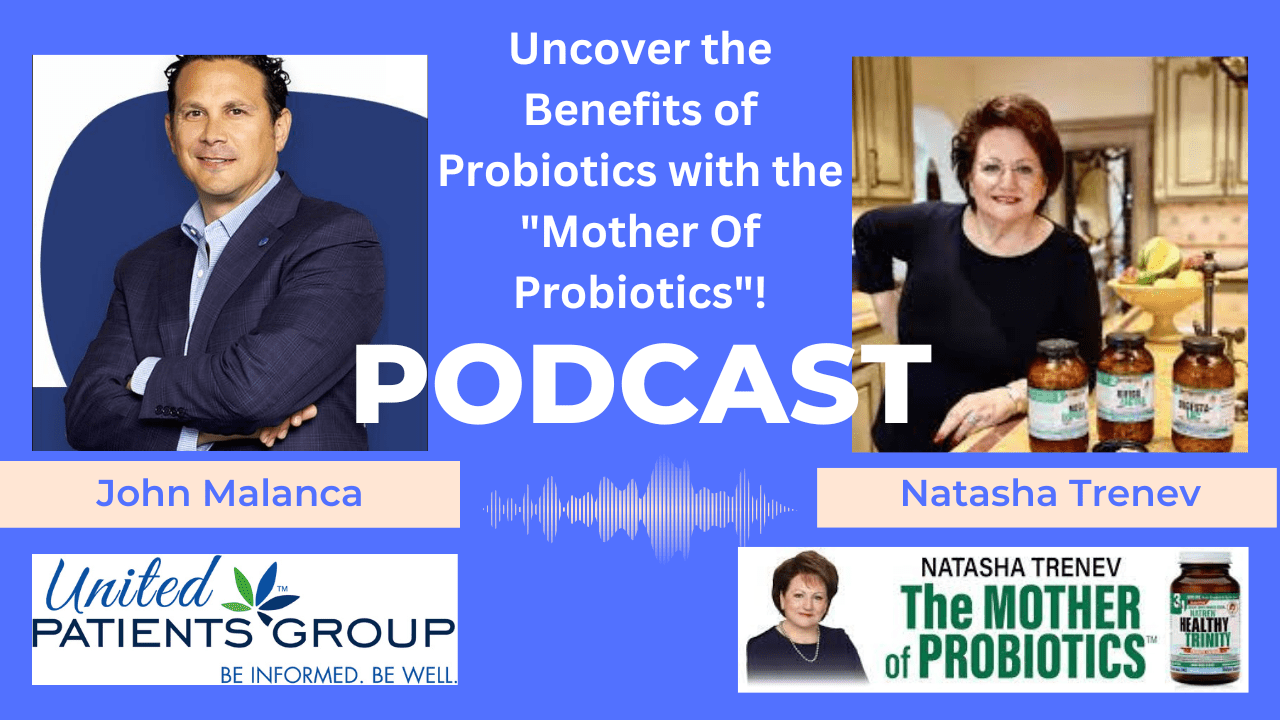

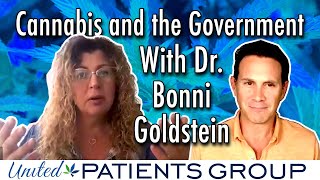


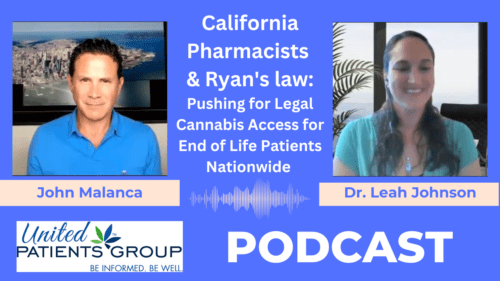


















Big business is throwing a monkey wrench into a powerful medicine that cures over 20 diseases. Corruption and Greed rule as it makes MONEY.